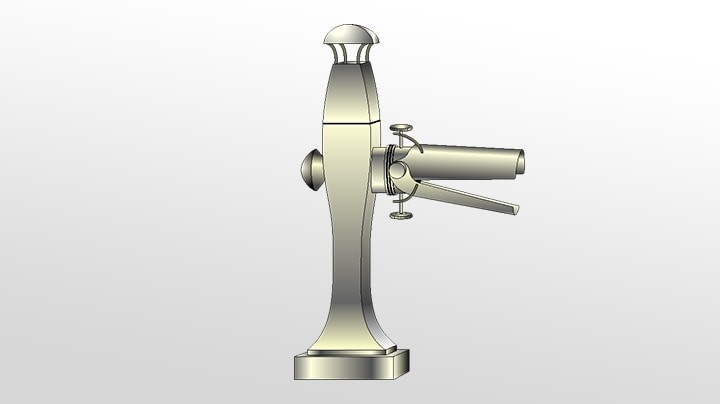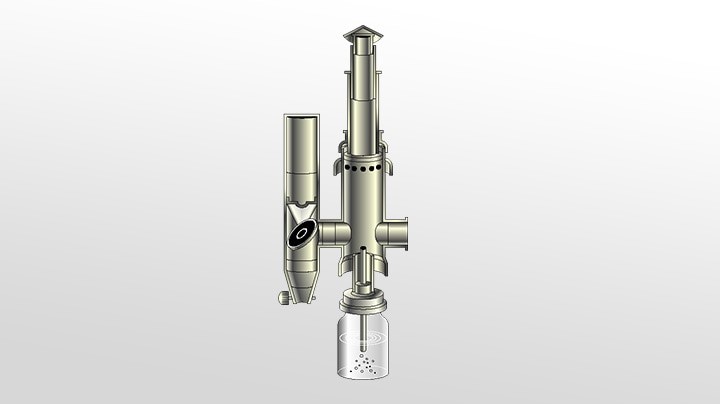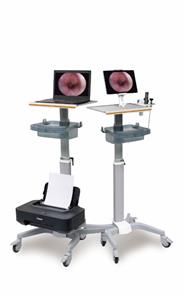The development history of endoscopy-the stage of rigid endoscopy (1806-1932) Part1
The development history of endoscopy-the stage of rigid endoscopy (1806-1932) Part1
1. Open hard tube endoscope
In the early stage of open hard tube endoscopes, Philip Bozzini in Frankfurt, Germany first boldly proposed the ideas and ideas of endoscopes in 1804. A series of lenses used to observe the internal structure of the bladder and rectum of animals are called Lichtleiter or Light Conductor. Although not used in humans, Bozzini demonstrated his "light ladder" at the Joseph Institute of Surgical Medicine in Vienna. (Botzini's Liichtleiter), but it has not been widely recognized. The device he designed consists of two simple tubes, using a candle as a light source. The candle light is reflected from one of the tubes into the patient's bladder, while the doctor observes the inside of the bladder through the other tube. At that time, he was still known as the inventor of the first endoscope.

But people at the time did not understand this inspection method, and Bozzini was also punished by the Vienna Medical School for his "curiosity". In 1835, French surgeon Désormeaux used a kerosene lamp as a light source to observe the bladder through mirror refraction. "Lichtleiter" was first applied to the human body in 1853, so he was hailed as the "father of endoscopes" by many people. His "Lichtleiter" burned turpentine and alcohol in a small cupping pot, and the light produced was passed through a small cup. The thicker tube is reflected by the mirror and enters the bladder, and the light is concentrated by a lens to increase the brightness. At the same time, the inside of the bladder can be observed through this tube. It is conceivable that burns are the main complication of this type of examination. Although this endoscope can reach the stomach, the light is too dark, so "Lichtleiter" is mainly used to check urinary diseases. In 1868, Désormeaux and Segelar used the term "endoscope" for the first time in an article.





